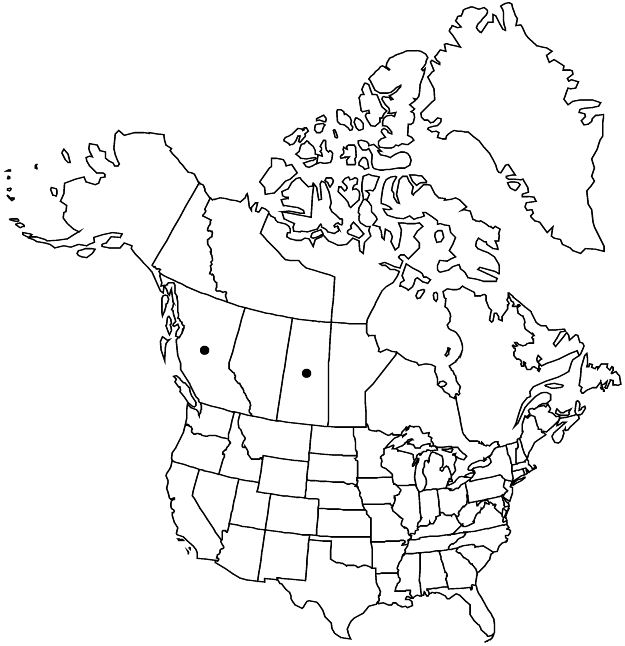Crataegus sheila-phippsiae
Sida 21: 67, fig. 2. 2004.
Shrubs, arborescent, 30–50 dm, or thicket-forming, 15–30 dm. Stems: twigs: new growth green, glabrous, 1-year old shiny, brown, older gray; thorns on twigs straight or slightly recurved, 1-year old shiny, dark blackish brown, older deep gray, moderately slender to stout, 2–6 cm. Leaves: petiole length 28–40% blade, pubescent, sparsely to densely persistently glandular; blade green mature, ± rhombic, (2–)3.5–5(–6) cm (2.5–5 cm at flowering), thin-chartaceous, base cuneate, lobes 2–4 per side, sinuses: max LII 20%, lobe apex acute, margins serrate, teeth small, veins 4 or 5 per side, apex acuminate, abaxial surface glabrous, hairy in axils and parts of main veins, adaxial scabrous. Inflorescences 3–18-flowered; branches glabrous or sparsely pilose young; bracteoles linear, membranous, margins sessile-glandular. Flowers 14–20 mm diam.; hypanthium glabrous; sepals triangular, length not recorded, margins barely glandular-serrate; stamens 18–20, anthers white to pale pink, sometimes medium pink or puce; styles 4 or 5 (arising from small tuft of hairs). Pomes brilliant orange-red or crimson scarlet early, becoming bright red or dark burgundy, suborbicular, 10–12 mm diam., glabrous; sepals spreading; pyrenes 4 or 5.
Distribution

B.C., Sask.
Discussion
Varieties 2 (2 in the flora).
Selected References
None.
Lower Taxa
Key
| 1 | Plants arborescent, 30–50 dm; anthers white to pale pink; thorns on twigs 2–4 cm; leaf blades 4–6 cm, at early anthesis larger than flowers; pomes burgundy, sometimes darker; British Columbia. | Crataegus sheila-phippsiae var. sheila-phippsiae |
| 1 | Plants shrubby, thicket-forming, 15–30 dm; anthers white to cream; thorns on twigs 3–6 cm; leaf blades 2–4(–5) cm, at early anthesis little larger than flowers; pomes orange-red to bright red; s Saskatchewan. | Crataegus sheila-phippsiae var. saskatchewanensis |